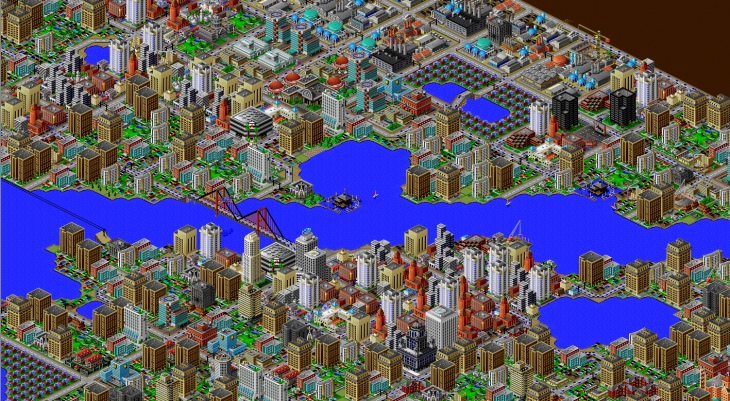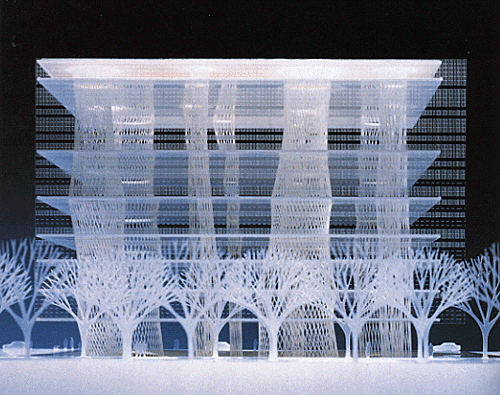(Emergence, Steven Johnson, 2002)
What is emergence? …And what do human cells, ants, computers, and city sidewalks all have in common? For Steven Johnson, the answer is simple, “local information leads to global wisdom.” Johnson describes the growth of the aforementioned subjects as being emergent systems: complex organisms that, regardless of their scale, harness the self-organizing qualities of local interactions for the overall amelioration of the mega-organism. While he discusses and compares the power of coordinated behaviour in ant colonies, the growth of single-celled organisms, computer based simulation games like SimCity, and the interactions of people in the sidewalks in major cities, it is the latter two analyses that stand out for me the most.
Johnson’s main argument is that successful cities self-organize themselves based on local interaction, allowing the metropolis to gradually change and evolve over the long term based on this information. He promotes the impact that sidewalks have on the overall impact of the city as they are the “primary conduit for the flow of information between city residents”. The repeated mix of strangers and random local configurations allows residents of a neighbourhood to collectively “solve” the problem of making themselves safe. While there may be a global structure such as a city masterplan, it is a combination of this overlying DNA map with the inhabitants’ local sense of place that establishes certain cities as self-organizing systems. The constant feedback between local agents permits higher-level learning to emerge through bottom-up forces. It is no surprise that more than half the world’s populations lives in cities today. The city, with emergent intelligence and its ability to store and retrieve information is able to replicate itself. It is a super-organism that can replicate itself over time, even though its inhabitants have no way of comprehending how their short term decisions will contribute to the macrodevelopment projecting over thousands of years. While we contribute to the emergent intelligence on a daily basis, it is almost impossible to perceive what our contribution will be in say the year 4000. This associativity between part and whole is best exemplified in the reference to SimCity. Using computer-based simulations, SimCity is able to model the behaviour of cities by using swarm logic. Although the player makes key decisions, it is the bottom-up powers of algorithmic simulations on the city block scale that allow the virtual cities to grow by themselves. As each block obeys a rigid set of instructions, the game’s meshwork of cells alters their behaviour based in response to the behaviour of other cells in that network. This is why users see recessions, booms, slums, rich neighbourhoods, crime, utopia, and a plethora of simulations.
Personally, I believe that as designers, we must learn from this beauty of designing through algorithmic data, like in SimCity, but at all scales of our work. We must allow parts, or even the entirety of a project or concept to grown naturally, fostering a multiplicity of possible solutions. Just as we must let our cities grow through the on-going simulations in sidewalks; the rest of our design work should also grow from small-scale interactions that make up the whole final (yet evolving) design. Emergent interactions already exist on the streets, in game simulations, and on the web, but we must extend this to all designs, machines, buildings, etc. Manuel DeLanda sums this up very well in a lecture on Deleuze and the use of the genetic algorithm in architecture. He advocates for the writing of scripts to allow people to exert their own power over software while also endorsing materials that have their own morphogenetic potential to be altered by genes. Through Deleuze’s 3 types of thinking (population, intensive, and topological), the artist has the ability to invent spaces of possibilities while the genetic algorithm searches them for us. These spaces of possibilities through simulations come in all different shapes and sizes and are essentially emergent systems. If emergence has proven to be successful at all scales: cells, ants, and cities, why not extend it to all systems? We may not know what our cities will look like in the year 4000, but we must embrace and promote the evolution of complex organisms and systems through simulation at all scales of our design. Our ancestors will understand. SimDesign 4000.


